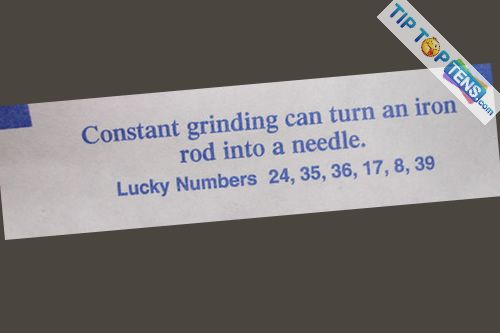Halcohead
Stainless
- Joined
- Apr 10, 2005
- Location
- Bay Area, Ca
Do any of you guys have any good advice for methods to spot counterfeit or fake bearings? I understand that installing and running the bearing in its intended application is a safe bet, but often this invalidates return policies, and can involve painful reinstallation. Are there any checks one can do using standard machine shop measuring tools before installation, for example on high-grade (ABEC 7/P4) angular contact bearings?
Specifically, I am looking to purchase six 30x62x15mm P4 grade 60* angular contact ball bearings (as manufactured by Barden, Nachi, SKF, NTN, NSK, Fafnir, etc), and eBay has a seller (raspartsales) who stocks these for $89 a piece, as opposed to $170-$450 a piece from the more reputable bearing suppliers I work with. That price differential seems large enough to be worth investigating. There are angular contact bearings on ebay that ship directly from Hong Kong which are cheaper, but that seems a bit too suspicious to me.
Due to the pain of removing/installing the particular bearings I am dealing with, I will probably go with the reputable supplier (not eBay), however this seems like an important skill to have for anyone who works with or on precision rotary assemblies.
Specifically, I am looking to purchase six 30x62x15mm P4 grade 60* angular contact ball bearings (as manufactured by Barden, Nachi, SKF, NTN, NSK, Fafnir, etc), and eBay has a seller (raspartsales) who stocks these for $89 a piece, as opposed to $170-$450 a piece from the more reputable bearing suppliers I work with. That price differential seems large enough to be worth investigating. There are angular contact bearings on ebay that ship directly from Hong Kong which are cheaper, but that seems a bit too suspicious to me.
Due to the pain of removing/installing the particular bearings I am dealing with, I will probably go with the reputable supplier (not eBay), however this seems like an important skill to have for anyone who works with or on precision rotary assemblies.


